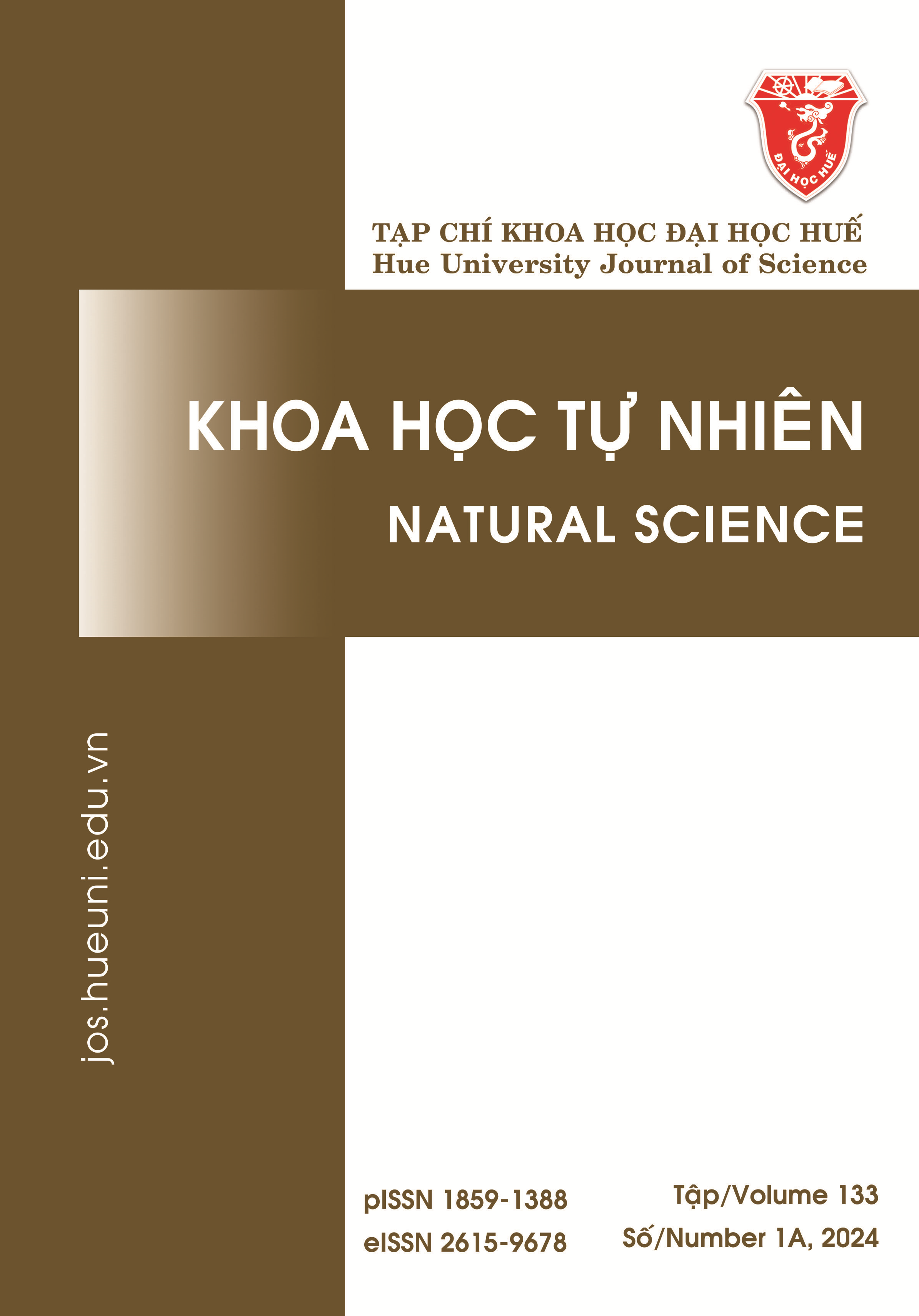Abstract
In this study, peat was activated with H3PO4 at a concentration of 2.0 M. The synthesized samples were characterized by several methods such as EDX, XRD, SEM, BET and FTIR. The adsorption properties of the materials were evaluated through their ability to remove Cd2+ ions in aqueous solution. Material characteristics show that the peat sample after activation has a higher specific surface area and porosity than the raw peat sample. The study shows that experimental data of Cd2+ ion adsorption on activated peat is well described simultaneously by both Langmuir and Freundlich isotherm models, however the Langmuir isotherm model appears to be more suitable. The activated peat material reached the maximum adsorption capacity qm 29.07 mg/g. In addition, the study also shows that the adsorption of Cd2+ ions on activated peat follows the apparent second-order kinetic model. From the above research results, it shows that adsorbent materials from peat have great potential in remove heavy metal ions in aqueous solution.
References
- Carolin CF, Kumar PS, Saravanan A, Joshiba GJ, Naushad M. Efficient techniques for the removal of toxic heavy metals from aquatic environment: A review. Journal of Environmental Chemical Engineering. 2017;5(3):2782-99.
- Thắng HS. Hóa keo và Hấp phụ. Hà Nội: NXB Giáo dục Việt Nam; 2015.
- Hemmati F, Norouzbeigi R, Sarbisheh F, Shayesteh H. Malachite green removal using modified sphagnum peat moss as a low-cost biosorbent: Kinetic, equilibrium and thermodynamic studies. Journal of the Taiwan Institute of Chemical Engineers. 2016;58:482-489.
- Bartczak P, Norman M, Klapiszewski Ł, Karwańska N, Kawalec M, Baczyńska M, et al. Removal of nickel(II) and lead(II) ions from aqueous solution using peat as a low-cost adsorbent: A kinetic and equilibrium study. Arabian Journal of Chemistry. 2018;11(8):1209-22.
- Zhirong L, Zhou Shaoqi. Effect of pH on the adsorption of uranyl Ions by peat moss.28(3):243-51.
- Lee S-J, Park JH, Ahn Y-T, Chung JW. Comparison of Heavy Metal Adsorption by Peat Moss and Peat Moss-Derived Biochar Produced Under Different Carbonization Conditions. Water, Air, & Soil Pollution. 2015;226(2).
- Tinti A, Tugnoli V, Bonora S, Francioso O. Recent applications of vibrational mid-Infrared (IR) spectroscopy for studying soil components: a review. Journal of Central European Agriculture. 2015;16(1):1-22.
- Maneerung T, Liew J, Dai Y, Kawi S, Chong C, Wang CH. Activated carbon derived from carbon residue from biomass gasification and its application for dye adsorption: Kinetics, isotherms and thermodynamic studies. Bioresour Technol. 2016;200:350-359.
- Brown PA, Gill SA, Allen SJ. Metal removal from wastewater using peat. Water Research. 2000;34(16):3907-16.
- Qin F, Wen B, Shan XQ, Xie YN, Liu T, Zhang SZ, et al. Mechanisms of competitive adsorption of Pb, Cu, and Cd on peat. Environ Pollut. 2006;144(2):669-80.
- Gabaldón C, Marzal P, Alvarez-Hornos FJ. Modelling Cd(II) removal from aqueous solutions by adsorption on a highly mineralized peat. Batch and fixed-bed column experiments. Journal of Chemical Technology & Biotechnology. 2006;81(7): 1107-1112.

This work is licensed under a Creative Commons Attribution-ShareAlike 4.0 International License.
Copyright (c) 2023 Array




